



LifeCare Diagnostic Medical Centre
01 September, 2022
What's On Your Plate?
Have you ever tried to put how much you eat into words?






As the statements we usually use to describe our portion sizes are highly subjective, this makes quantifying our portion sizes difficult. One may have difficulty verbalising this objectively and will use phrases like “I don’t eat a lot” or “a small portion” or “a normal amount – the same as everyone else”.
However, we may have a very different perception of “a normal portion” compared to other people and studies have shown that Malaysians tend to underestimate and underreport their dietary intake.
Why is it important to educate on portion size at the moment?
With the rising prevalence of obesity in our country, it is now more important than ever to educate on portion size to prevent excessive weight gain, which leads to a higher risk of developing various non-chronic diseases (NCDs).


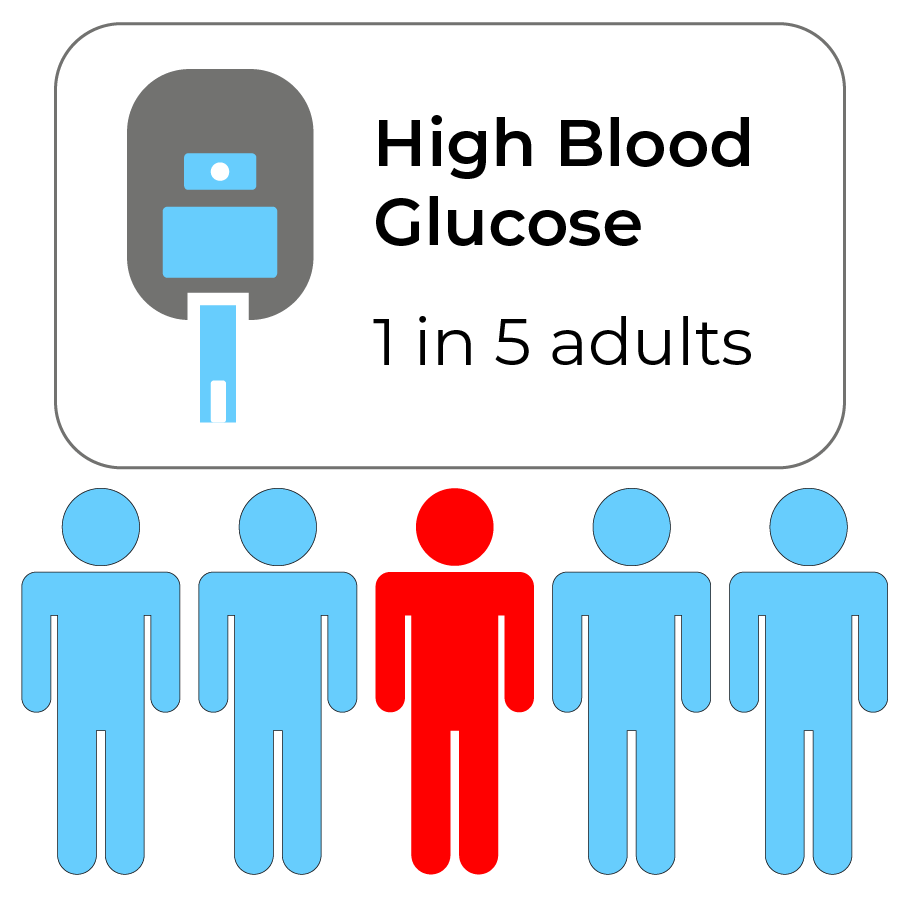

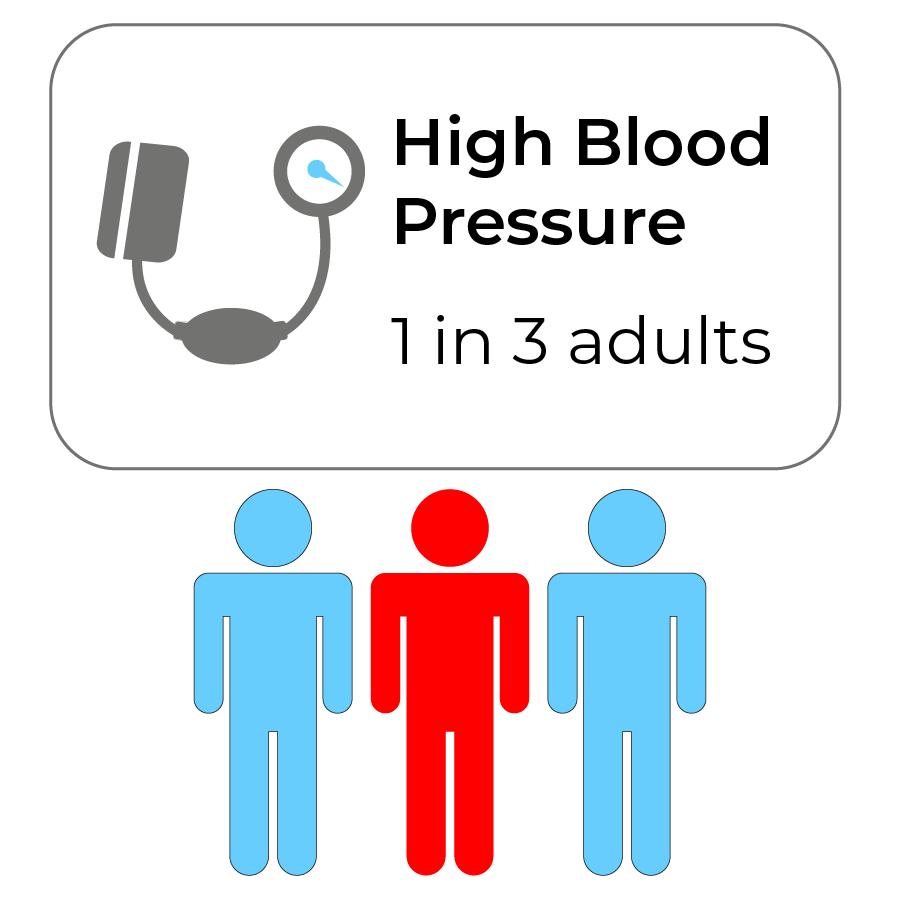

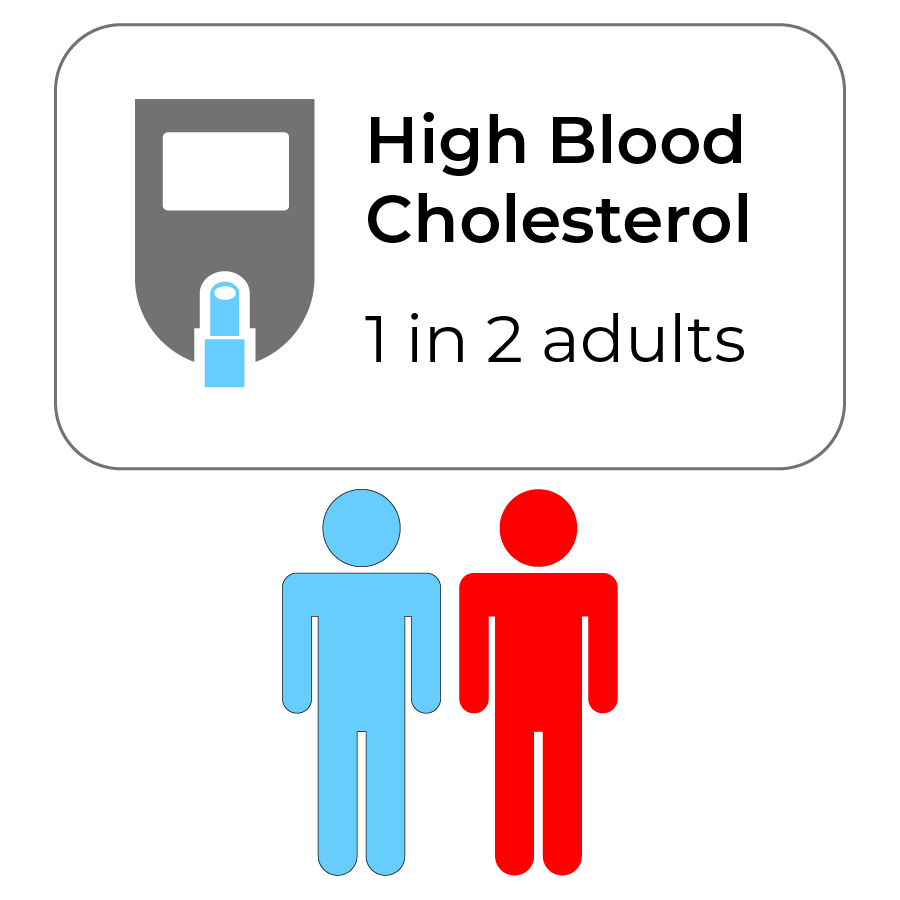





Before diving into portion control, let’s get to know about the 5 food groups that make up our daily meals through the Malaysian Food Pyramid:
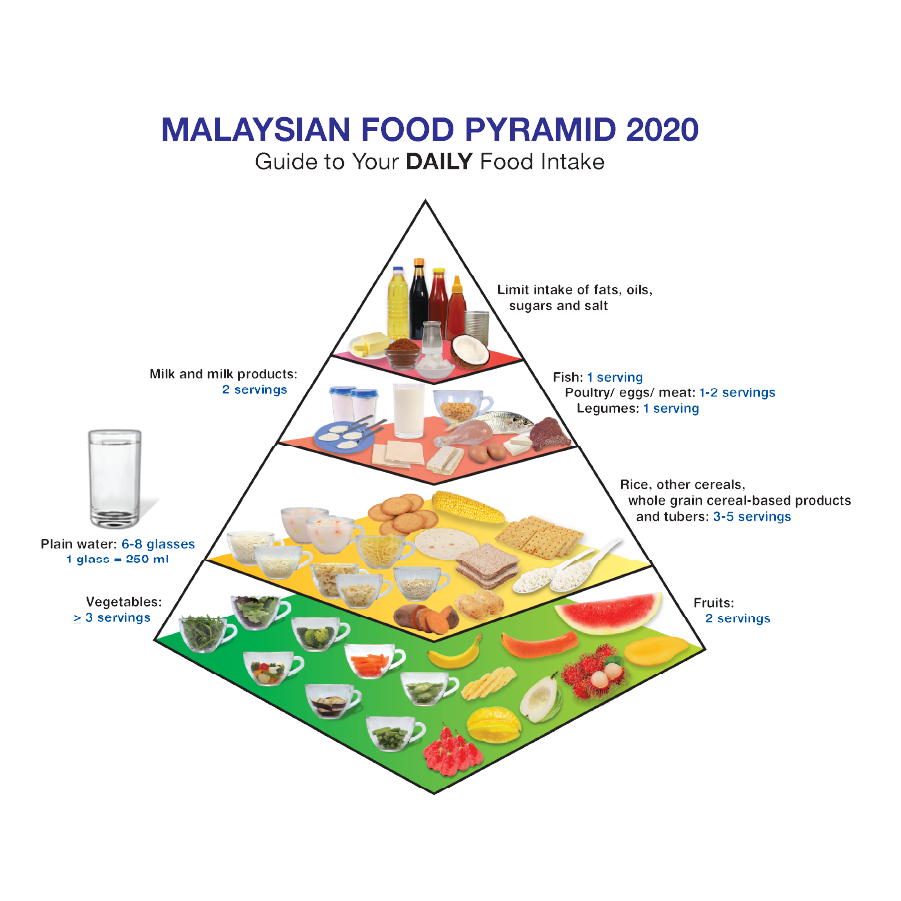

Reminder! The latest version of our Malaysian Food Pyramid consists of fruits and vegetables at the base, followed by cereals and grains at the above level.
There is no single food that can provide all the nutrients that the body needs. And within the same group, there is no single food that is healthier than others. A healthy diet is one which provides the proper combination of energy and nutrients, summarised with these three characteristics:
Balanced – A complete meal comprises of major food groups in the Food Pyramid so that one can obtain the required nutrients daily – Rice, cereals and grains which are carbohydrates; fish, poultry, meats, eggs, and legumes as a source of protein; and fruits and vegetables for vitamins and minerals.
Moderation – Stick to the recommended portions for every meal in order to achieve the required servings of each food group in the Food Pyramid.
Variety – Vary the major food groups in your plate as using a variety of foods ensures that you obtain different nutrients that are needed for the body.
So how do I achieve all these criteria in a meal?
Suku Suku Separuh (Quarter Quarter Half)
This catchy phrase summarises a simple concept by the Ministry of Health, to help you to achieve balance and moderation. It serves as a helpful visualisation tool to help estimate how much of each food group we should be having in a meal. As some individuals are not aware that they are overconsuming certain foods, practising this is a great start to achieving a more healthy and balanced diet. All you have to do is “divide” your plate in the following manner:
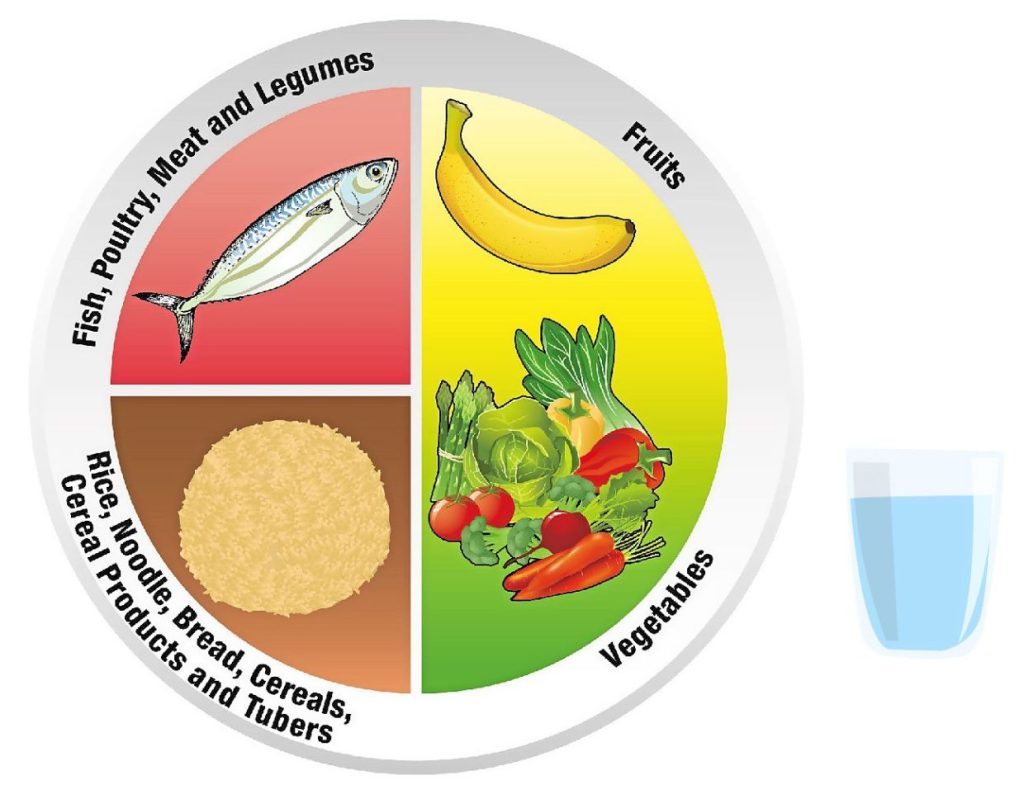

Reminder! Try to have a glass of water with your meal and avoid consuming sugar-sweetened beverages if possible, as they tend to be high in calories but do not contribute to our satiety.
But can I achieve Suku Suku Separuh in a Malaysian setting?
As Malaysia is a diverse, multi-racial country consisting of many different cultures, many people wonder if this concept is applicable for Malaysians without compromising the enjoyment derived from consuming our local cuisines. Not to worry, here are a few examples:
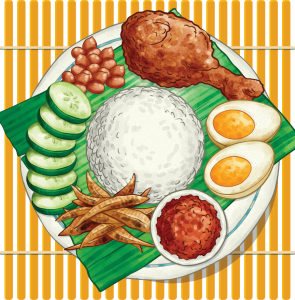

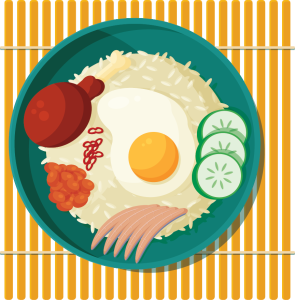

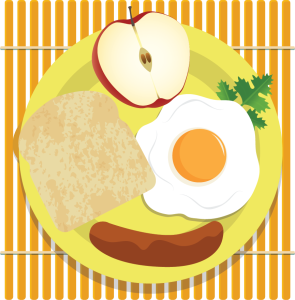

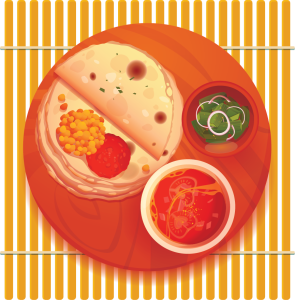

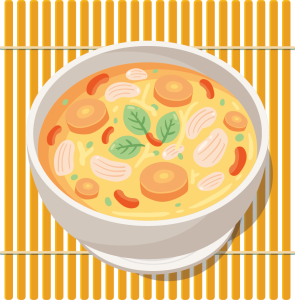

5 examples of meals using Suku Suku Separuh


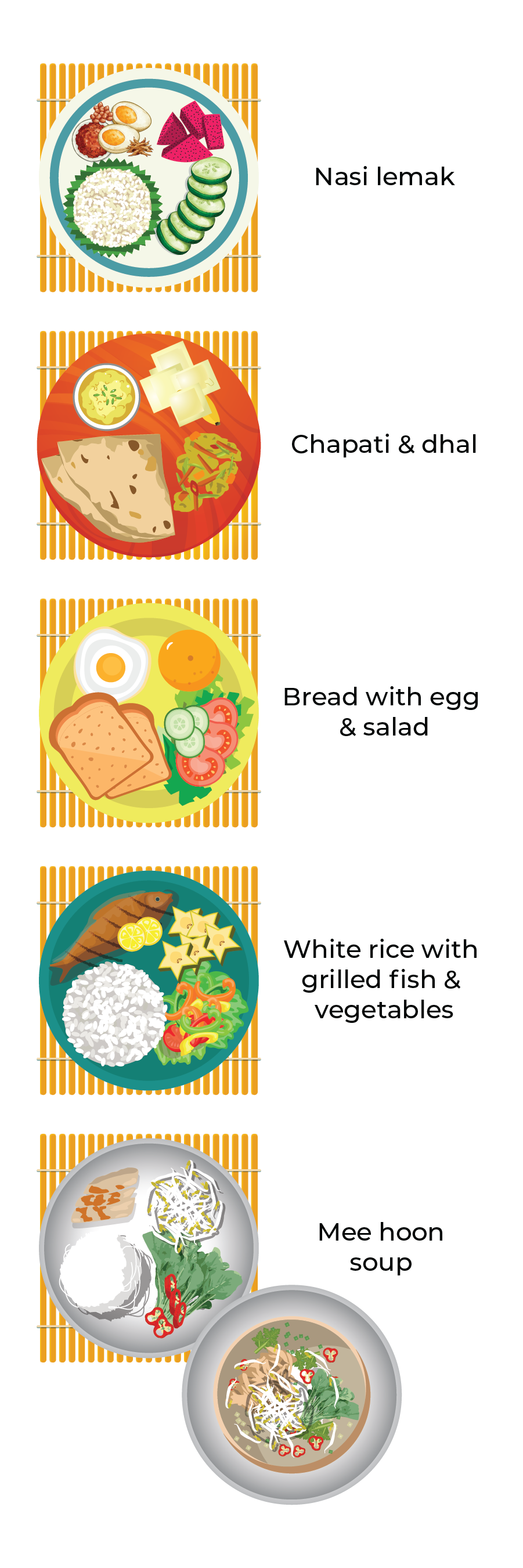

Can I have fast food more often as long as I apply this concept?
We always place emphasis on healthier choices as the nutritional value for fast food is not equivalent to options that are healthier. For example, a portion of deep-fried chicken is not the same as a portion of chicken that is stir fried, baked or grilled. It is recommended to choose nutrient dense foods whenever possible and to have processed foods that have added fat, salt and sugar sparingly, as they are usually full of calories but do not offer much other nutrition. Switch up your dishes or meal components regularly to ensure variety in your diet and to also keep your tastebuds happy.












Your hand as a measurement tool
Additionally, being able to apply the hand method into Suku Suku Separuh makes estimating your portion sizes a lot more easy and convenient too. Try it out in your next meal with the following guide:
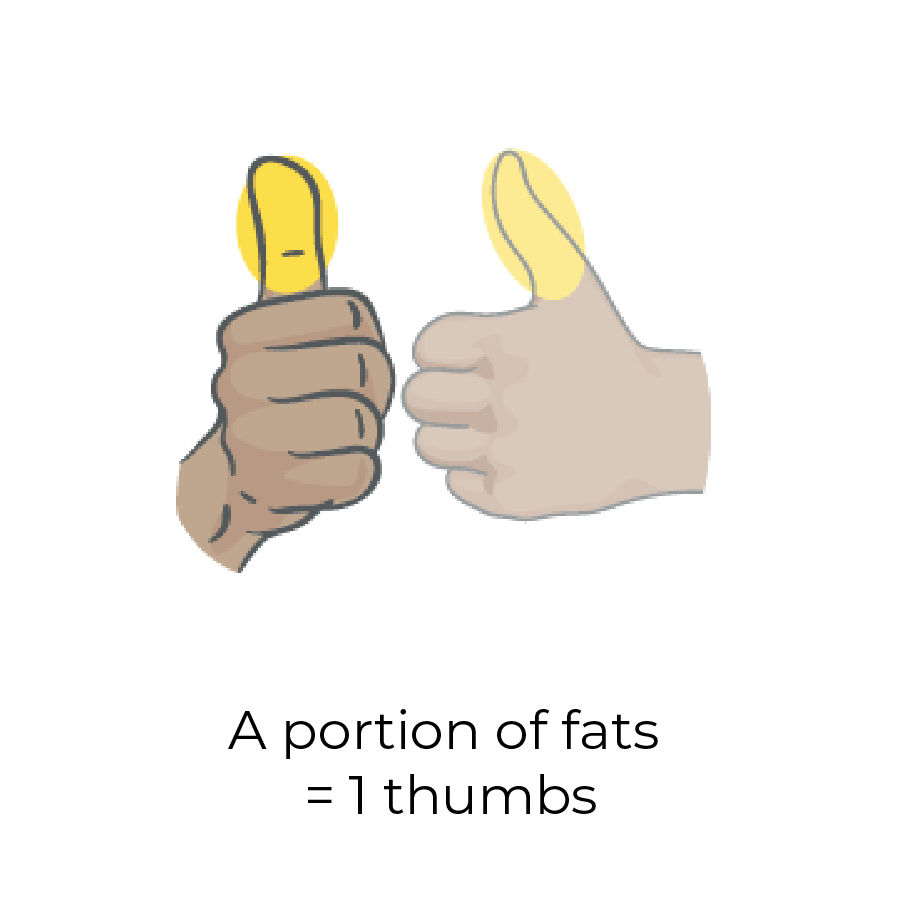

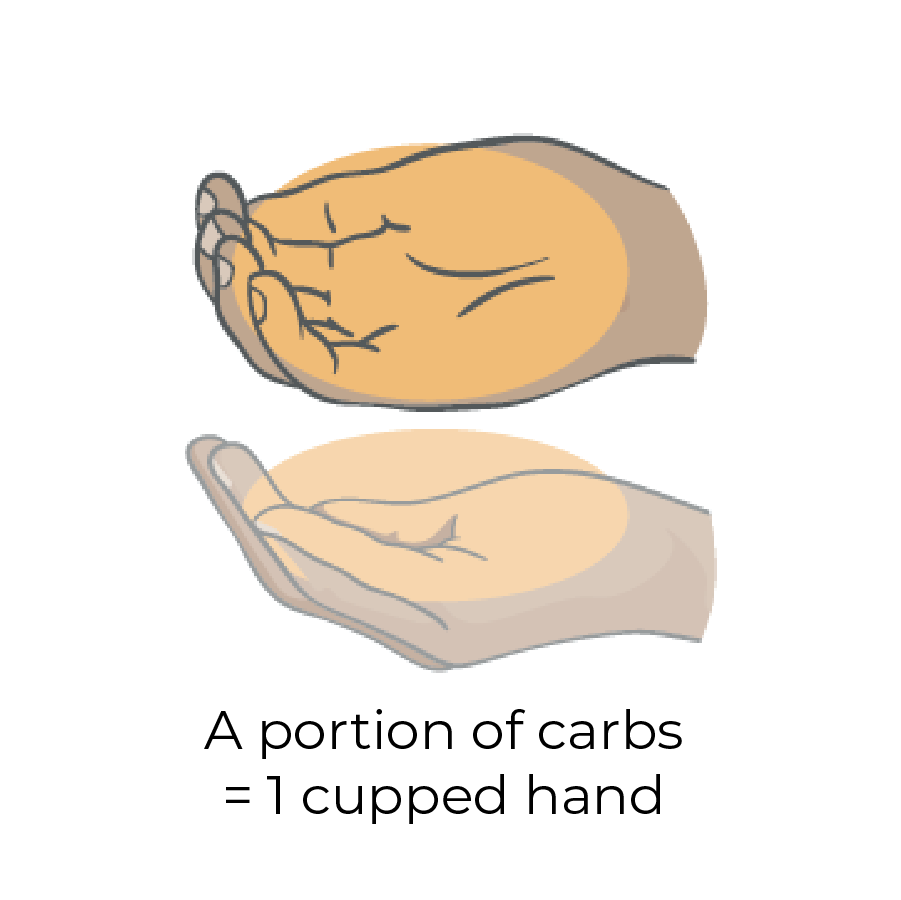

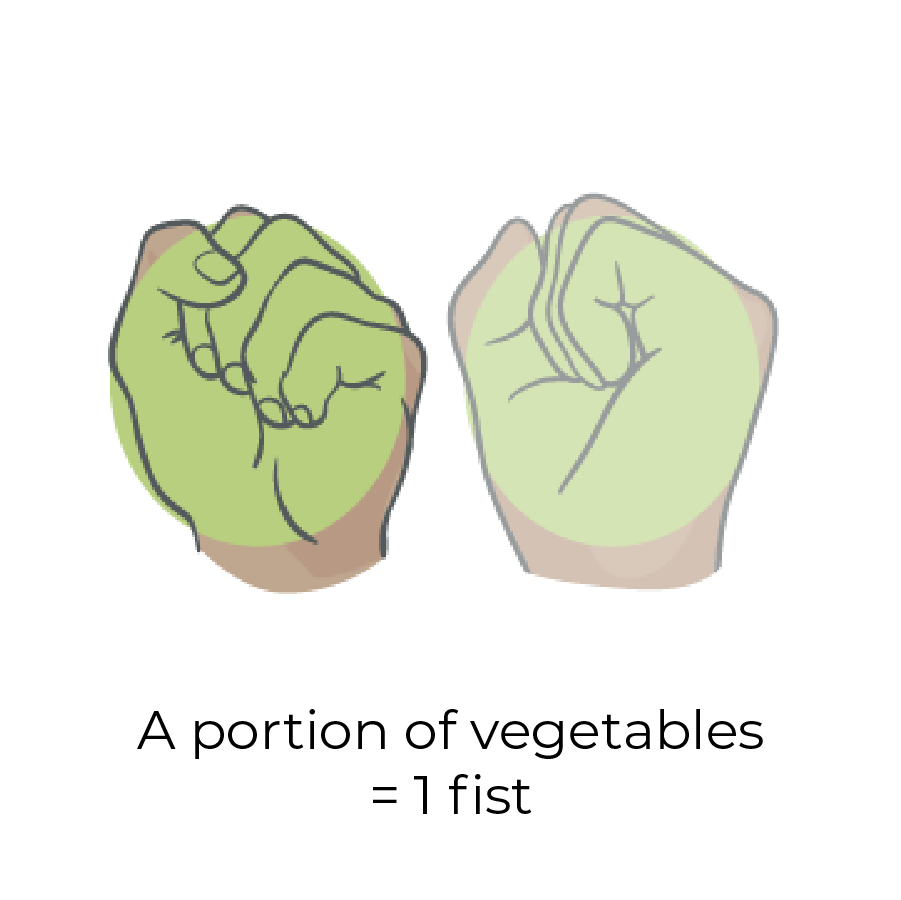

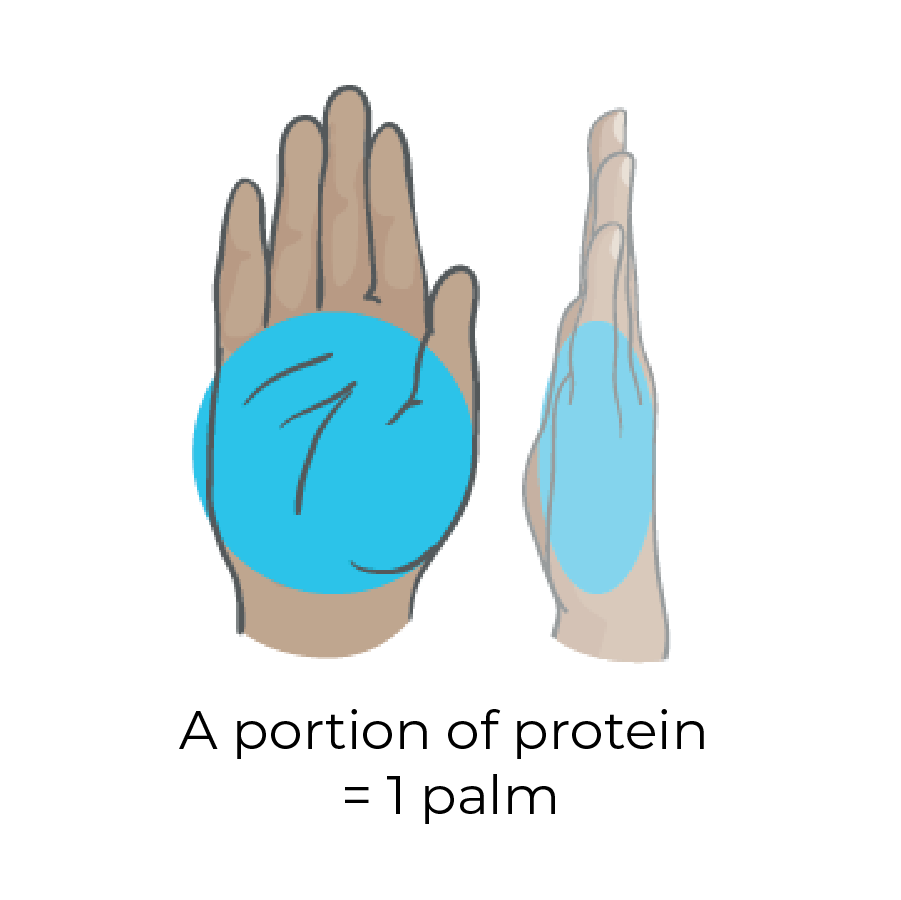

Lastly, it needs to be emphasised that the Suku Suku Separuh concept serves as a guide and is not a definite one size fits all model. If you have specific nutrition needs that are required to be tailored according to your health condition, do seek a dietitian for a more personalised approach.
Answer 2 Questions Below and Win A Complimentary Drink from CHECKPOINT!


